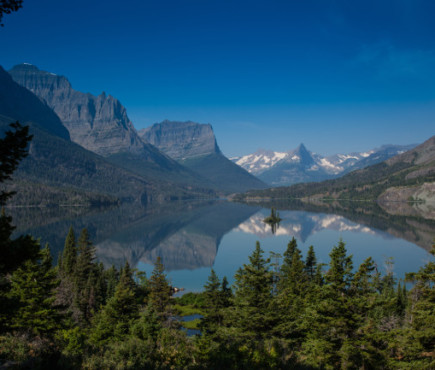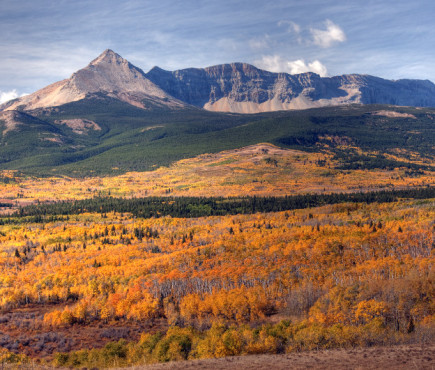The David and Lucile Packard Foundation has been inspired by this guiding value throughout our 50-year history. The story of the Foundation’s commitment to the Montana Legacy Project provides one recent example of testing our capacity to think big when it comes to land conservation.
The capacity to think big — to imagine what could be and push beyond the constraints of what we believe is possible today — was central to David and Lucile Packard’s approach to business and philanthropy. This can be seen in the rise of Hewlett-Packard, in David’s vision for the Monterey Bay Aquarium Research Institute, and in Lucile’s determination to build a world-class children’s hospital in their local community.
-
-

Western Montana is home to some of the most pristine wilderness in North America, if not the world. It is a place where the buffalo still roam, snow-capped mountains separate lush valleys of old growth forest, and the mighty grizzly bear, woodland caribou, and the Canada lynx still thrive. The region’s many undisturbed landscapes have changed little since the days when Meriwether Lewis and William Clark cut through on their way to the Pacific. Here you can find the Crown of the Continent ecosystem, which includes Glacier National Park, the Bob Marshall Wilderness, and the headwaters to major rivers, including the Missouri and Yellowstone. It is one of only a dozen locations in the world where not a single species — flora or fauna — has gone extinct since recorded history.
-

Protecting such a special place in perpetuity would require conservation at a scale that was almost unheard of. In 2008, The Nature Conservancy presented the Montana Legacy Project to a group of funders, including the Packard Foundation. The Nature Conservancy hoped to purchase hundreds of thousands of acres of land from the nation’s largest private landowner, Plum Creek Timber Company, to protect the landscape and manage it with a conservation focus under the direction of The Trust for Public Land. Not only would the project amount to the acquisition of an entire ecosystem, it would also require a delicate balancing of the interests of wildlife, hikers, hunters, fishermen, and sustainable forestry operations.
-

While the project offered an unparalleled opportunity to protect an important landscape, it also required a significant commitment of resources. To date, the Packard Foundation has contributed $15 million in grants and $30 million in program-related investments.
-
With additional support from other private and public funders, the Montana Legacy Project has become the largest privately funded land conservation acquisition in U.S. history. Today, there are approximately 310,000 acres set aside from development, ensuring that the Crown of the Continent remains a vibrant ecosystem that future generations can enjoy.
